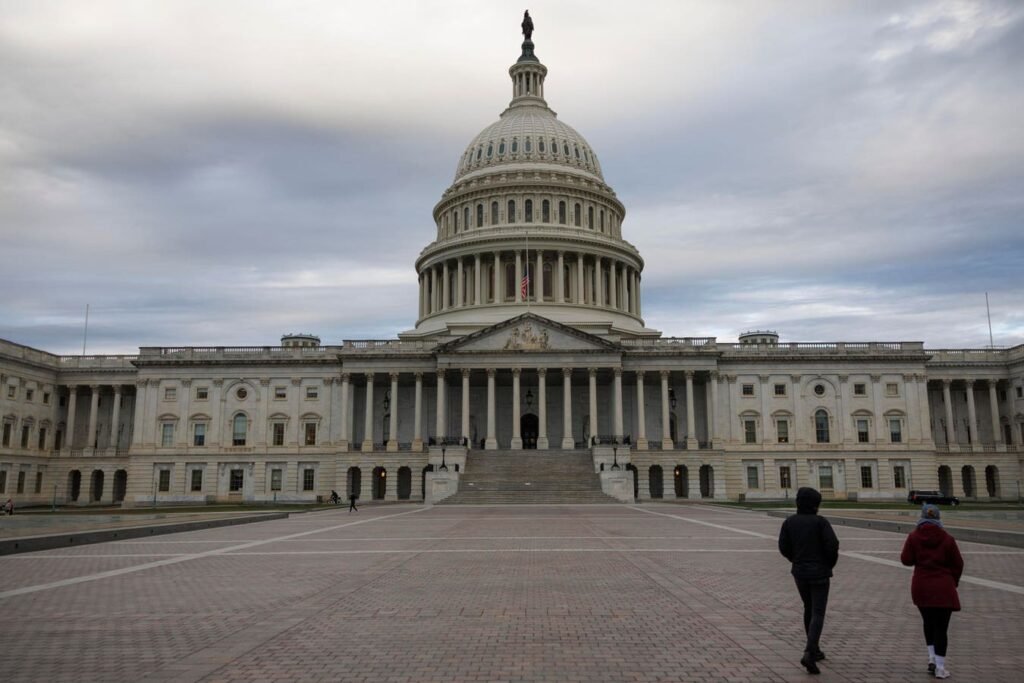WASHINGTON, DC – NOVEMBER 10: Pedestrians walk across the East Front Plaza on Capitol Hill. (Photo by Tom Brenner/Getty Images)
Getty Images
The recent government shutdown has once again brought attention to the ongoing challenges in healthcare policymaking. The dispute over extending temporary ACA subsidies resulted in a 43-day standoff that had far-reaching consequences, impacting various sectors of the economy and causing disruptions in essential services.
As policymakers and industry leaders reflect on the shutdown, it is crucial to address the underlying issues driving healthcare costs upwards. The focus should shift towards understanding the structural forces that contribute to the rising cost of healthcare and the resistance to meaningful reform.
During the shutdown, the debate revolved around whether temporary ACA subsidies should be extended. Democrats argued for the necessity of these subsidies to maintain affordability for households slightly above the poverty line, while Republicans viewed them as temporary relief created during the pandemic.
However, the core issue lies beyond the subsidies themselves. The escalating premiums and overall cost of healthcare services are major concerns that need to be addressed. The shutdown highlighted how political battles over subsidies can overshadow the real problem of soaring healthcare costs.
While the ACA expanded coverage and introduced consumer protections, it did not effectively tackle the underlying drivers of cost escalation. Issues such as opaque pricing, administrative inefficiencies, and lack of accountability for outcomes continue to plague the healthcare system.
It is evident that the current healthcare ecosystem cannot be sustained through subsidies or incremental adjustments. A fundamental shift towards addressing the broken system with misaligned incentives is imperative for long-term affordability.
Rural health funding and programs like 340B have provided short-term relief but have not succeeded in lowering overall costs. These temporary solutions have masked the weaknesses in the healthcare delivery system and hindered the necessary structural changes.
Moving forward, policymakers and business leaders must focus on designing a healthcare system that prioritizes transparency, accountability, and payment tied to performance. By aligning incentives with outcomes that matter to consumers, real progress towards affordable and quality care can be achieved.
The end of the shutdown presents an opportunity to reevaluate the current healthcare system and address the root causes of cost growth. It is time to move away from temporary fixes and embrace a transformative approach that ensures sustainable and efficient healthcare delivery.


